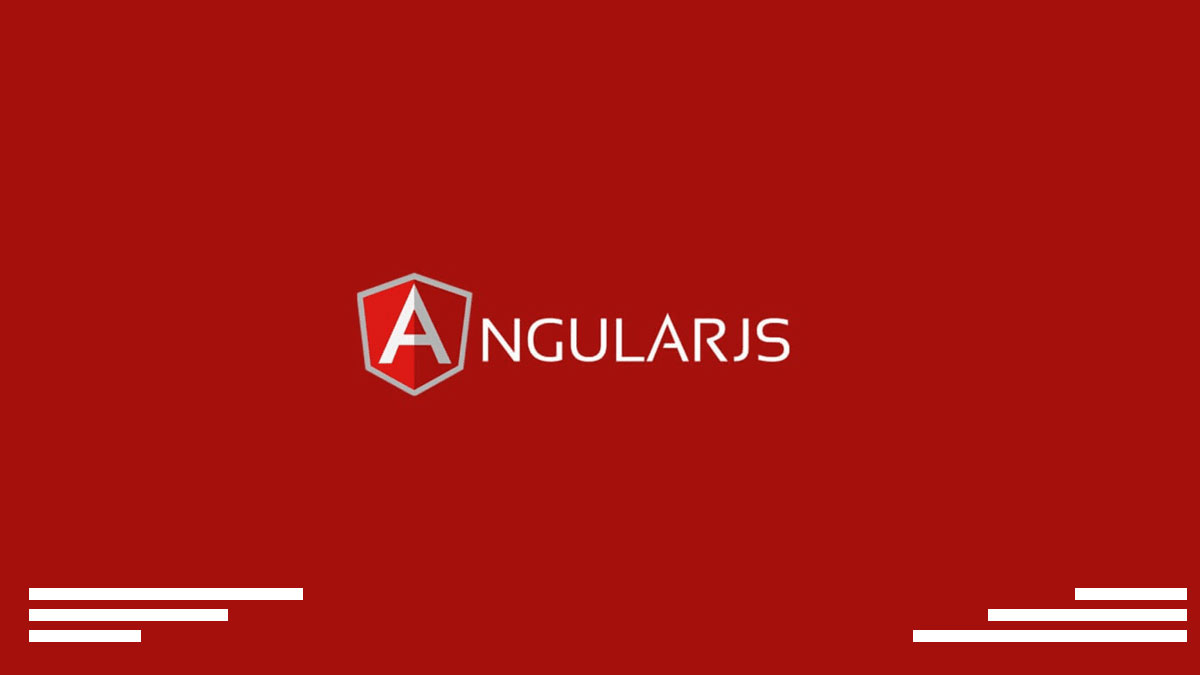WHMCS is a popular billing system specially for domain+hosting business. It provides mostly billing solutions. You can download WHMCS from download page. As a billing system, if you have several tools, utilities and services that require connection between your application and WHMCS then you badly need API to accomplish that interconnection. WHMCS has a very basic API documentation (it’s enough though) without any specific programming library. You can use the following wrapper class to interact with your WHMCS system from …
Tag: PHP
Lots of folks out there about to make your website Mobile-friendly. It’s obvious that there will be significant impact on your website if your site is not mobile-friendly or what we regularly call ‘responsive’. Mobile friendly sites will get higher rank in search results in Google. And Google already started to rolling out this algorithms. After searching on internet, I didn’t get any quick solution to check mobile-friendliness website in PHP. Although Google published it’s official Mobile-friendliness Test Tools. When …
Whoever loves to work with Twig template system for their PHP driven web application may want to implement AngularJS within Twig template. But the main problem will be Twig’s curly braces. AngularJS and Twig both use __ inside their template to output data. So simply, it can cause trouble to work with this two lovely systems together in your application. But here is the solution. According to AngularJS $interpolateProvider docs I figured out the easy solution. You can change AngularJS …
Sometimes you need to see your variables or object in Twig template before printing it out. So to enable debug mode in twig template system you just need to tweak few settings upon initializing twig environment. Just follow the below code where I initiated Twig environment with debug mode. <?php $twig = new Twig_Environment($loader, array( 'debug' => true, // ... )); $twig->addExtension(new Twig_Extension_Debug()); And inside your template where you want to dump the variable just write “. You can …
Write configuration data in a .ini file in PHP. It’s important for large application to store global configurations about the whole/partial system for applications.

